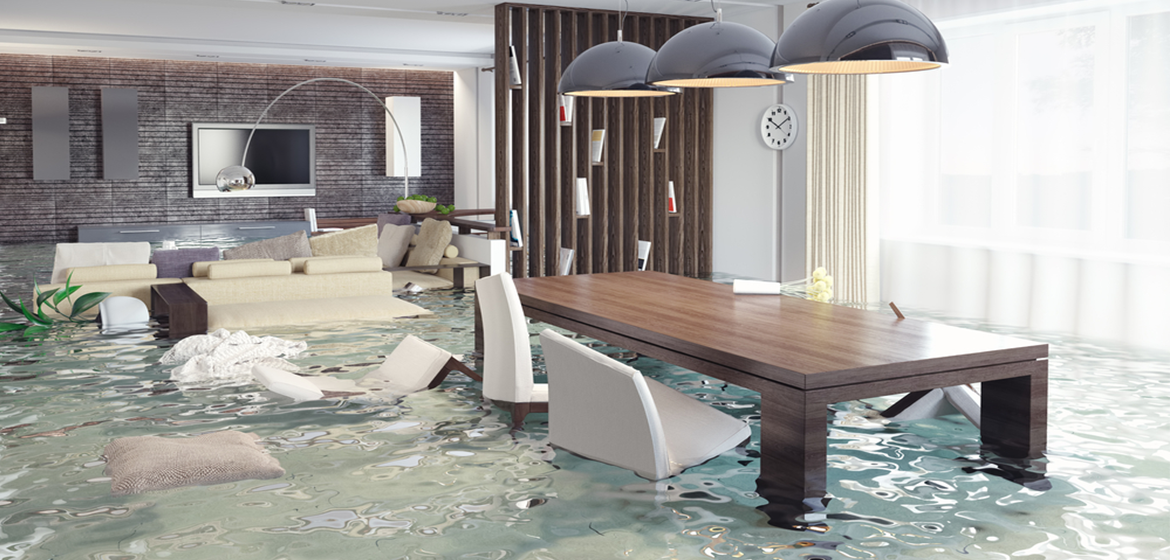Understanding Different Types Of Water Damage For Insurance Claims

Water damage is among the most common reasons homeowners file insurance claims. However, not all water damage claims are the same. The source, extent, and nature of the damage can vary, affecting the coverage and the claim process. Understanding these variations is essential for homeowners aiming for a seamless insurance process. This article demystifies the different types of water damage for insurance claims, guiding homeowners in their navigation of these complex waters.
The Categories of Water Damage
Before delving into the types of water damage, it is beneficial to recognize the categories of water that cause the damage. These are primarily categorized into:
- Clean Water: This is water that does not contain contaminants. Sources include leaking pipes or rainwater.
- Gray Water: This is water that contains some contaminants, making it harmful if consumed. Examples include dishwasher overflow or washing machine leakage.
- Black Water: This is highly contaminated water. Examples include sewage backup and water from rivers or streams that has entered the home.
Common Types of Water Damage Claims
- Overflow and Discharge Water Damage
Overflow involves water escaping from household appliances, bathtubs, or sinks. Discharge is water released from plumbing systems, such as a burst pipe. While these are generally covered by homeowners’ policies, the key is to determine if the damage was sudden and accidental or due to negligence.
- Sewer Backup and Water Backup Damage
Sewer backup involves water coming from drains or sewage systems. It can be highly destructive and is typically not covered under standard policies, requiring additional endorsements.
- Flood Damage
Flooding results from external factors such as heavy rain, melting snow, or overflowing rivers. Most standard policies do not cover flood damage, and a separate flood insurance policy is often required.
- Accidental Leakage
This type of damage occurs when household appliances malfunction suddenly, causing water damage. However, if the damage resulted from a lack of maintenance or wear and tear, it might not qualify for a claim.
Navigating Water Damage Claims with Professional Assistance
- Public Adjusting for Water Damage
When dealing with water damage claims, it is beneficial to enlist the services of professionals skilled in public adjusting. They can help homeowners understand the nuances of their policy, ensuring that the claims are correctly filed, thereby maximizing the chances of a fair settlement.
- Relying on Appraisal Services
In situations where there is a disagreement about the extent or cost of the damage, appraisal services can come in handy. An unbiased assessment ensures the claim reflects the true extent of the damage, ensuring neither underestimation nor overvaluation.
- Importance of Preliminary Inspections
Preliminary inspections play a crucial role in the water damage claim process. Conducted promptly after the damage is identified, these inspections help determine the source, category, and extent of water damage. The documentation from these inspections aids in strengthening the claim, ensuring faster processing and a better chance at a comprehensive settlement.
Water damage claims might appear straightforward at first glance, but they are layered with complexities. Differentiating between the types of water damage and understanding policy inclusions and exclusions is essential for a successful claim. Enlisting the help of professionals, from public adjusters to appraisal services, can further smoothen the process, ensuring homeowners receive the compensation they rightfully deserve.